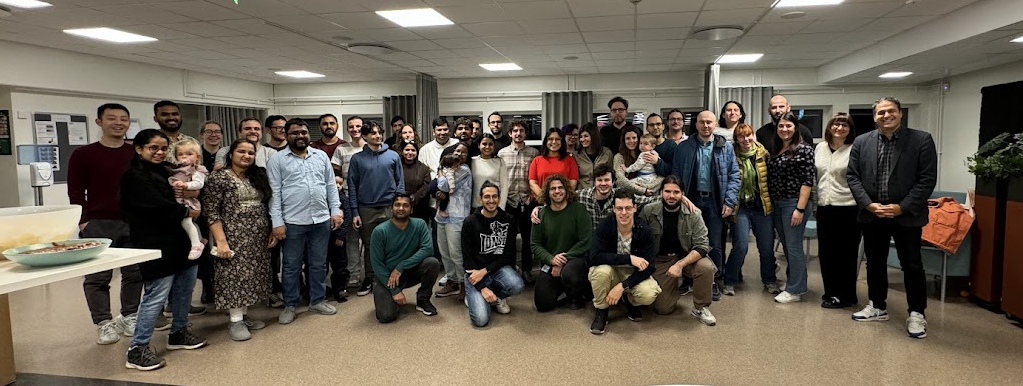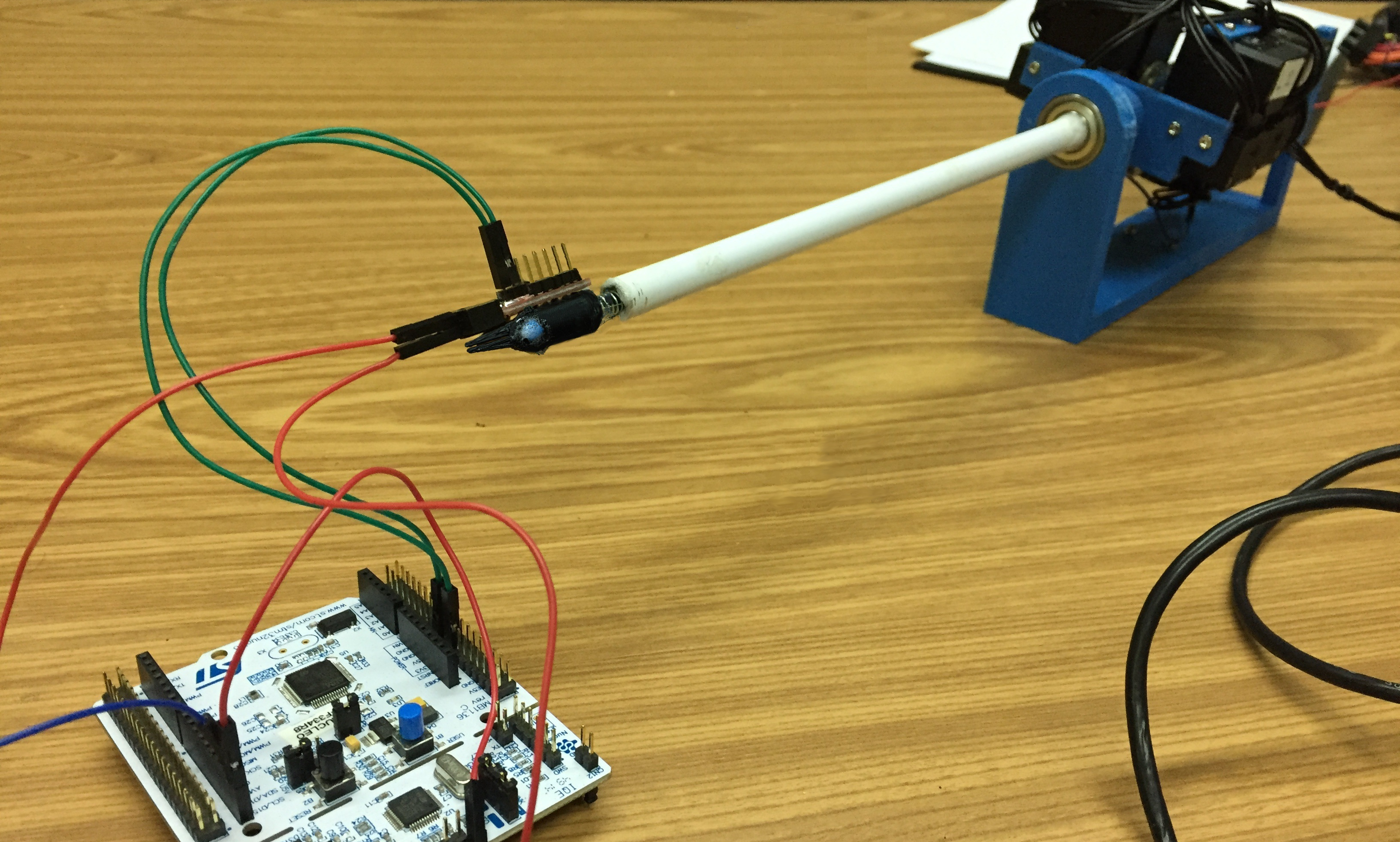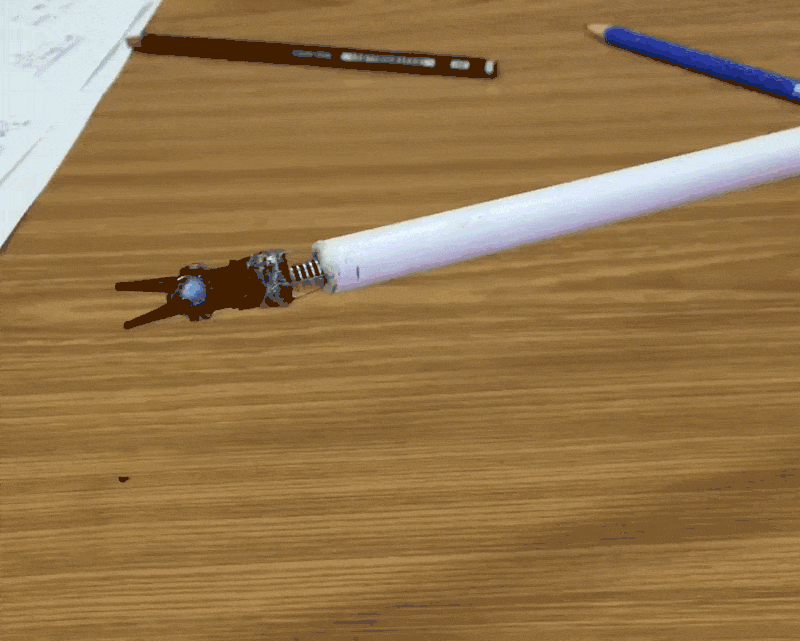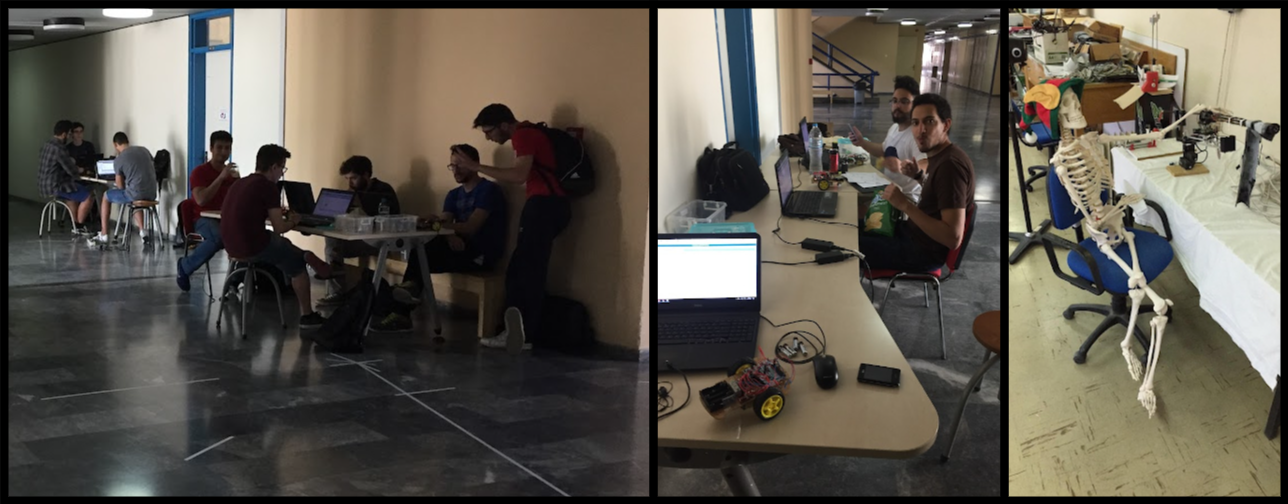Licentiate of Engineering at Luleå University of Technology
2023 · Department of Computer Science, Electrical and Space Engineering, Divison of Signals and Systems, Luleå, Sweden
During my first years at Luleå University of Technology, I focused on understanding the concepts of edge and cloud computing and how these technologies could imrpove robotic systems. I mainly investigated closed-loop control system over the edge, for resource-constrained robotic platforms to enhance real-time operations.
10+
Publications
3
Published Journals
7
Conference Presentations
3
Project Contributions
4
Coursework
Thesis
-
Towards Enabling the Next Generation of Edge Controlled Robotic Systems
Read more
Abstract – This thesis introduces a novel framework for edge robotics, enabling the advancement of edge-connected and controlled robots. Autonomous robots, such as Unmanned Aerial Vehicles (UAVs), generate vast amounts of multi-sensor data and rely on complex algorithms. However, their computational requirements often necessitate large onboard computing units, limiting their flight time and payload capacity. This work presents a key contribution towards the development of frameworks that facilitate offloading computational processes from robots to edge computing clusters. Specifically, we focus on offloading computationally intensive Model Predictive Control (MPC) algorithms for UAV trajectory control. To address the time-critical nature of these procedures, we also consider latency and safety measures. By leveraging edge computing, we can achieve the required computational capacity while minimizing communication latency, making it a promising solution for such missions. Furthermore, edge computing enhances the performance and efficiency of MPCs compared to traditional onboard computers. We evaluate this improvement and compare it to conventional approaches. Additionally, we leverage Docker Images and Kubernetes Clusters to take advantage of their features, enabling fast and easy deployment, operability, and migrations of the MPC instances. Kubernetes automates, monitors, and orchestrates the system’s behavior, while the controller applications become highly portable without extensive software dependencies. This thesis focuses on developing real architectures for offloading MPCs either for controlling the trajectory of single robots or multi-agent systems, while utilizing both on-premises small-scale edge computing setups and edge computing providers like the Research Institutes of Sweden (RISE) in Luleå. Extensive simulations and real-life experimental setups support the results and assumptions presented in this work.
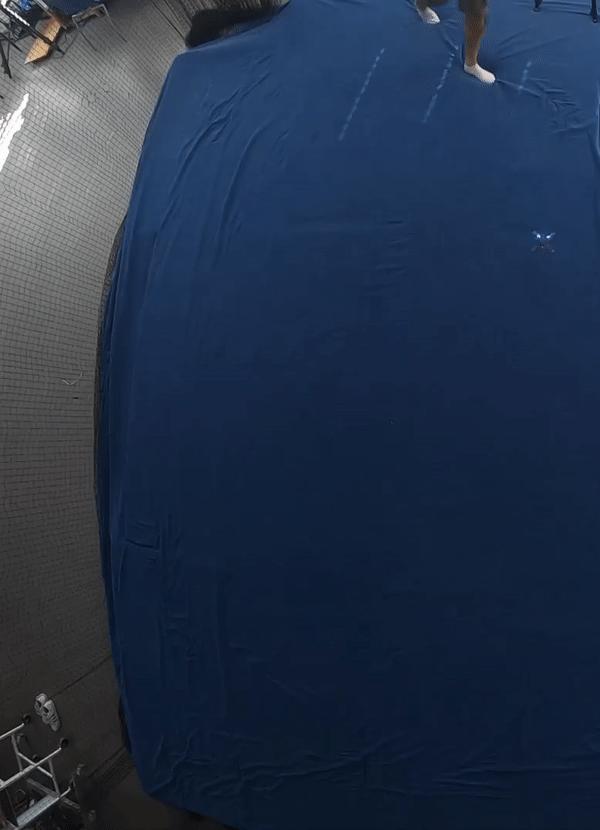
Edge-enabled aerial control
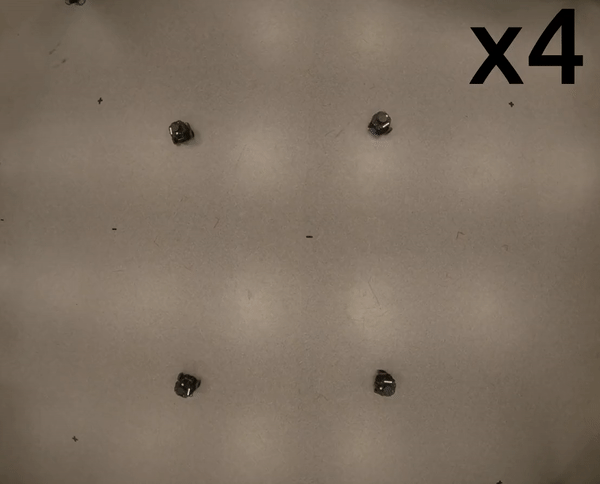
Edge-enabled multi-agent ground control
Licentiate Coursework
- Cloud Computing Methods
- Robot Operating System (ROS)
- Robotics
- Computer Vision and Image Processing
Research Highlights
- Development of edge-based frameworks to enable real-time trajectory control of resource-constrained robots
- Propose of delay-aware control architectures for aerial robotic systems
- Integration of 5G communication with real-time edge-enabled controllers
- Design of centralized control architecture for multi-agent robotic systems
Academic Milestones
- Presented at major conferences (IECON, ICUAS, ISIE, MED, ICCAD, CSCC)
- Contributed to EU and Swedish funded research projects including AERO-TRAIN, G-DRONES, 5GEIM, REBOOT SKILLS
Related
